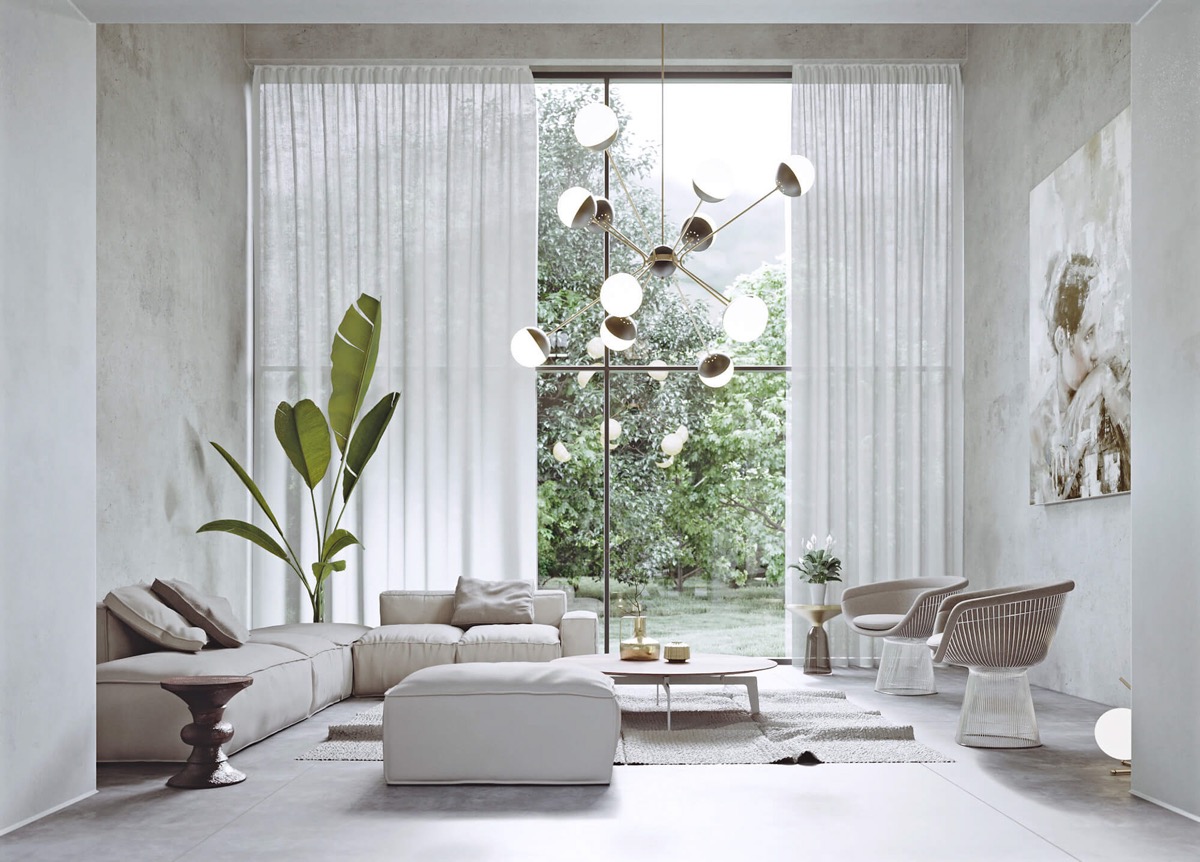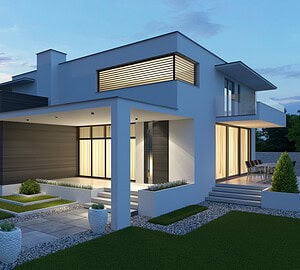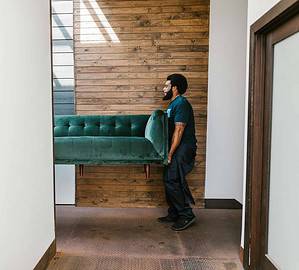Every element has a role to play when it comes to spatial design—from the aesthetics that catch the eye to the functionalities that make a space practical. However, what often goes unheard is the subtle yet crucial role of acoustics. Much like finding the perfect pitch in a musical composition, creating a harmonious environment in your workspace or living area involves a blend of art, science, and psychology. Let’s see how you can strike the right note in your space, ensuring it resonates with the intended purpose and mood.

Creating Ambiance With Color Psychology
The color palette of a room sets the underlying tone for the environment. Just as a composer chooses the right instruments to evoke certain emotions, selecting the appropriate colors can significantly influence the mood and productivity within a space. Colors like blue and green promote calmness and focus, making them ideal for spaces where concentration is key. Conversely, vibrant hues such as red and orange can inspire energy and creativity, perfect for dynamic brainstorming rooms. By understanding color psychology, you can orchestrate an ambiance that enhances the room’s purpose.
Furnishing Your Space For a Balance of Form and Function
The furniture you choose for a space sings a visual harmony that must also resonate with comfort and usability. Imagine entering an office with sleek, modern chairs that are a visual treat but a nightmare to sit on for prolonged periods. Or picture a cozy reading nook with armchairs that are so plush they swallow the reader whole, making it a struggle to emerge once settled. It’s vital to select pieces that not only add to the aesthetic ensemble but also play their parts in the everyday symphony of life and work. The key is in the blend; your furniture should not only strike a pose but also cater to the ergonomic symphony of those who use it.
Building the Perfect Acoustic Environment
Soundscapes in a space are as crucial as landscapes in a painting. The echoes of a room, the soft hum of equipment, and the rhythmic tapping of keyboards can either be a cacophony or a well-composed melody. To create the perfect acoustic environment, balancing absorption and diffusion, you must become a maestro, manipulating sound-absorbing materials like rugs, curtains, and ceiling tiles to dampen noise, while also considering the strategic placement of sound-emitting devices. Employing acoustic panels or foam can help manage the sound transfer, while the thoughtful arrangement of space can prevent unwanted echo. Remember, the goal is to hit the right decibel level that encourages productivity and well-being—a task that requires an ear attuned to the needs of those occupying the space.
Lighting For Comfort and Efficiency
Lighting, in its essence, is the spotlight of any room, illuminating the best features while providing practicality. It’s comparable to the brightness and dimness in music dynamics, where the interplay of light and shadow can create a specific atmosphere. The right lighting not only showcases the design and color scheme but also significantly impacts mood and energy levels. For instance, warm, dimmable lights can make a room feel cozy and inviting, while bright, natural light can enhance focus and alertness. Therefore, integrating various lighting sources, such as ambient, task, and accent lighting, can allow for flexibility and adaptability in any room, accommodating a variety of activities and times of day.
Technology and Connectivity
In today’s interconnected world, the seamless integration of technology into our spaces is like the invisible wires of a complex sound system—crucial yet discreet. The arrangement of outlets, the accessibility of charging stations, and the incorporation of smart devices determine not just convenience but also the efficiency of a space. Wireless technology enables a clean and uncluttered look, akin to a smooth melody without jarring interruptions. Strategically placed and hidden wires, smart thermostats, and automated lighting systems can all work in concert to create a space that’s just right.
Bringing Nature Indoors
Incorporating natural elements into your space adds a layer of organic texture that can soothe and inspire, much like the sounds of nature in a relaxing soundtrack. The concept of biophilia suggests that humans possess an innate tendency to seek connections with nature. Introducing plant life, natural woods, stones, and water features can improve air quality and reduce stress, promoting a healthier and more productive environment. Imagine the rustle of leaves, the gentle trickle of a water feature, and the visual calmness of greenery; these are the natural notes that can make a space truly sing. The key is to find the right arrangement that allows these elements to flourish and enhance the overall composition of your design.



